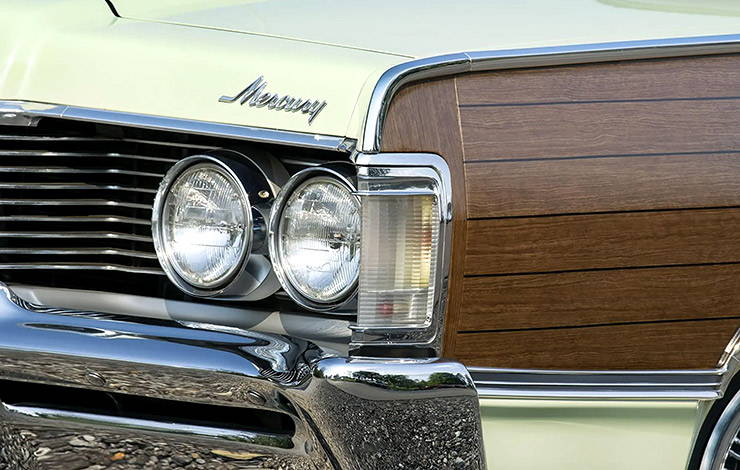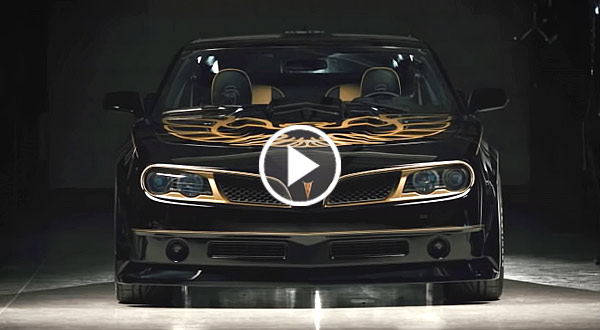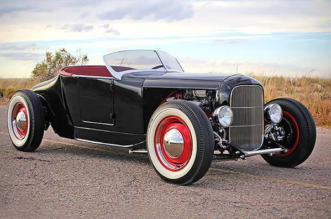The reason why station wagon bodies were once made largely from wood was the same reason that they eventually were not – money.
Wood was plentiful, cheap and easy to work with back in the 30’s when wagon styles highlighted hardwoods. But, by the 40’s, increasingly sophisticated designs (wagons and otherwise) called for a higher level of craftsmanship. More expensive craftsmanship.
–
Oddly enough, though, while wood disappeared, woodies did not. Throughout the Fifties and Sixties, cars (mostly wagons) continued to appear with fake wood trim. They were usually top line models, and the “wood” varied from vinyl decals to plastic or fiberglass.
–
–
Mercury decided to expand the option to non-wagons in 1968, making the appliques available on its top-line, Park Lane convertible and 2-door hardtop models, as well as the Mercury Brougham two door sedan. The new look made its début at the Detroit Auto Show in January of that year.
Period ads lauded the “simulated walnut tone paneling” not only for its looks, but also for its practicality, as a stopper of door dings. Still, the woodie look was more about fashion than function, seeking to add a dash of cosmetic class to the slab sided body of the big Mercs.
The wood-like look was available with all 18 Mercury solid body colors, at a cost of $129.55. Hardtop buyers could combine the option with the also available vinyl roof.A brand new Park Lane convertible like this Sea Foam Green example cost $3,822 in 1968. While it’s not known how many of the 1,112 built were ordered with yacht deck planking, the number was undoubtedly quite small. It became infinitely smaller the next year – as in zero. 1968 Mercury Park Lane, a staple series in the Mercury lineup since 1958, was replaced in 1969 by the Marquis name.





























Facebook Comments